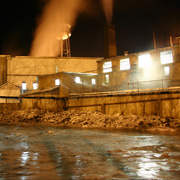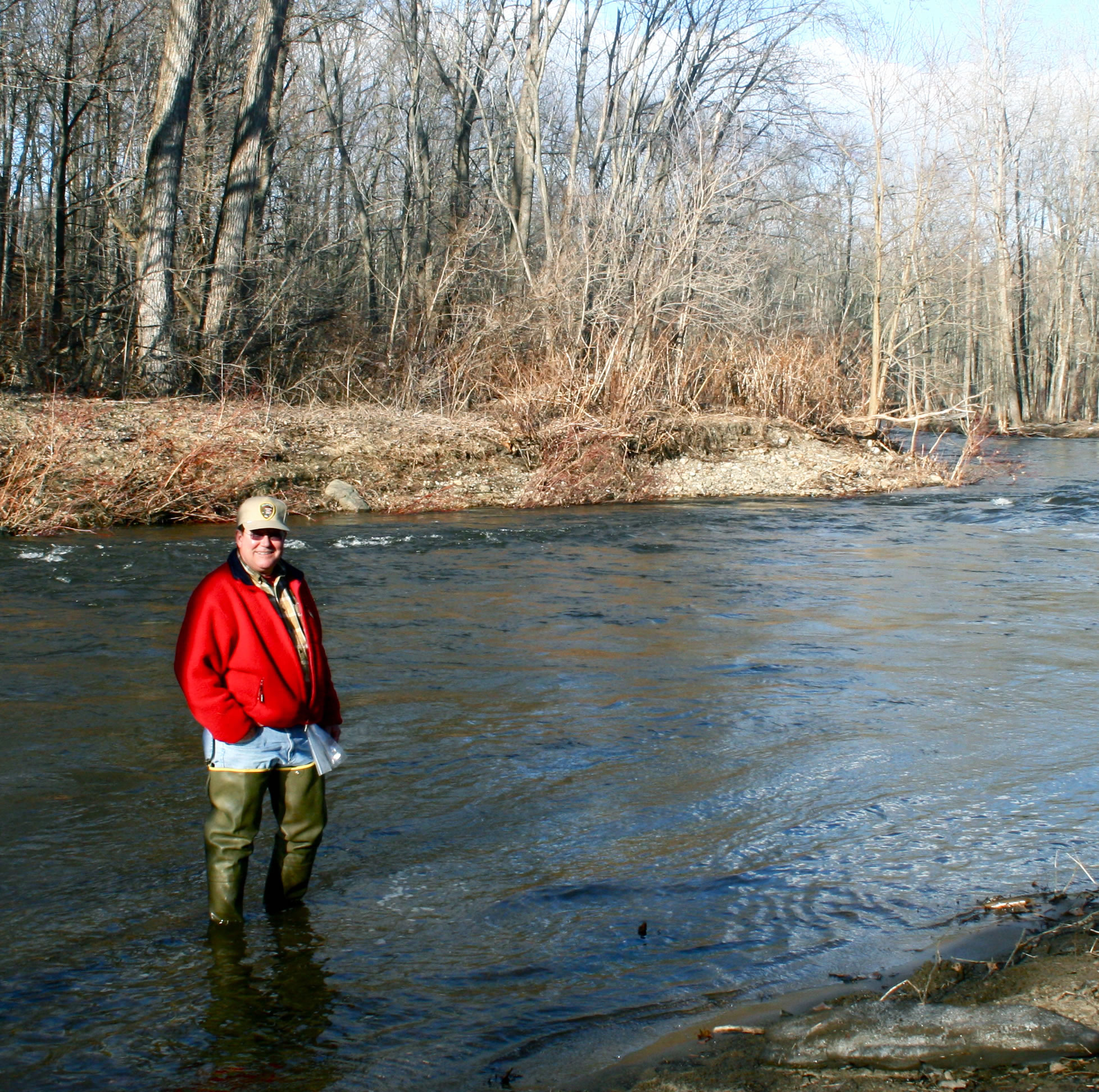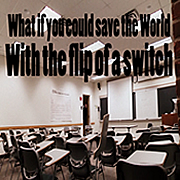By Theme:Arts and Literature | Campus Sustainability | Community Perspectives | Development | Economic Analysis | Ecosystem Analysis | Education | Energy | Environmental Justice | Food Systems | Geology of the Watershed | Green Architecture | Green Business | History of the Watershed | Invasive Species | Land Use Patterns | Public Policy | Recreation | Transportation | Water Quality
Arts and Literature
 Natural and Human Influences on the Saratoga Lake Watershed: A Photographic Analysis
Natural and Human Influences on the Saratoga Lake Watershed: A Photographic Analysis
Josh Gerritsen and Adam Wallace (2006)
This project used photography to explore the natural and human influences on the Saratoga
Lake watershed. Starting at the headwaters of Kayaderosseras Creek and ending at the
Saratoga Lake outflow at Fish Creek, this exhibition provides a visual context for
understanding the competing interests that affect the surrounding watershed.
 Environmental Truths Through Fiction: Water, Stewardship, and the Saratoga Lake Watershed
Environmental Truths Through Fiction: Water, Stewardship, and the Saratoga Lake Watershed
Hugh Kramer (2007)
This project used placed-based environmental fiction to present differing perspectives on water and stewardship within the Saratoga Lake watershed. The ultimate aim was to dramatize hydrologic issues and perspectives in the watershed using three short fiction stories while remaining factually accurate to the environmental and social realities of the region.
 Development on an Interactive Website for the Water Resources Initiative
Development on an Interactive Website for the Water Resources Initiative
Adam Wallace '06, Michael C. Ennis-McMillan, Department of Anthropology, Karen Kellogg, Department of Biology and Environmental Studies Program, and Alison Barnes, Department of English and Tang Teaching Museum and Art Gallery (2006)
This project consisted of designing an interactive and artistic website as an outreach and educational resource for the Water Resources Initiative. WRI is an interdisciplinary, community-based initiative that studies water issues in the local region. Each page of the website incorporates visual elements to create an engaging aesthetic that allows community members, Skidmore students and faculty, and local organizations to understand interactions in the Saratoga Lake watershed.
Full report is not available. Please contact Karen Kellogg for more information.
 Waterways: A Photographic Exploration of Human Presence in the Saratoga Lake Watershed
Waterways: A Photographic Exploration of Human Presence in the Saratoga Lake Watershed
Andrew Plotsky (2009)
Waterways is a photo essay of people in the Saratoga Lake Watershed. Using the style of environmental portraiture, Waterways features fourteen human subjects from various backgrounds to represent a cross section of the diversity of the watershed. The project illuminates the complex and nested relationships that exist within a watershed.
Full report is not available. Please contact Bob Turner for more information.
 Sights and Sounds: Building a Broader Audience for Environmental Issues
Sights and Sounds: Building a Broader Audience for Environmental Issues
Gordon MacPherson and Alex Ethier (2012)
 Videos Unplugged: Combining Comedy with Consequence
Videos Unplugged: Combining Comedy with Consequence
Racquel Figueroa, Eric Stumpf, and Anthony DiLisio (2013)
What does it take to make an effective video PSA for the Skidmore Unplugged energy saving campaign? We surveyed students about their usage of electrical devices to identify the sources of energy consumption and key behaviors to target. We made ten videos exploring the themes of humor, social influence and environmental concern. Focus group discussions showed that a combination of these themes would be most effective for the college audience. Other key aspects were brevity, shock value, personal relevancy and specificity of both target behavior and audience.